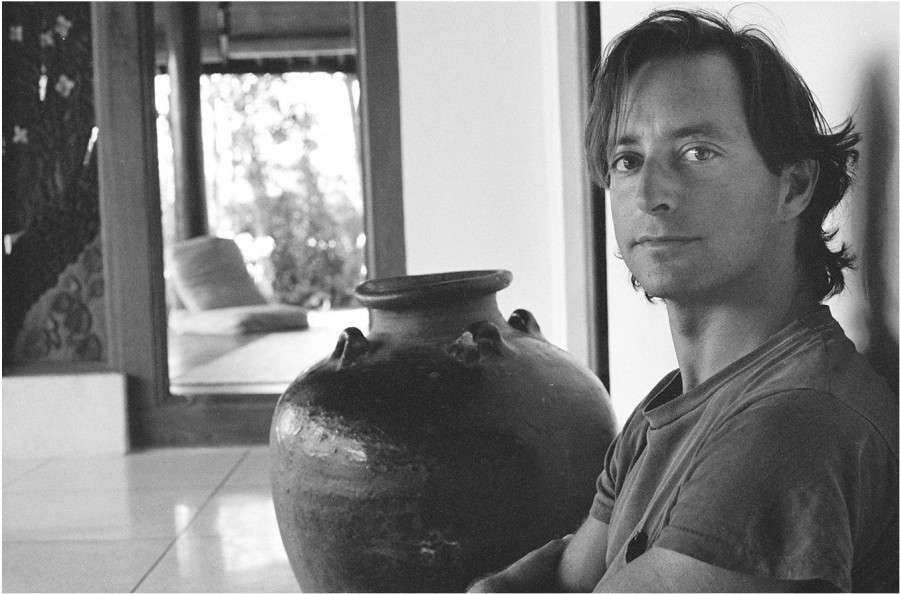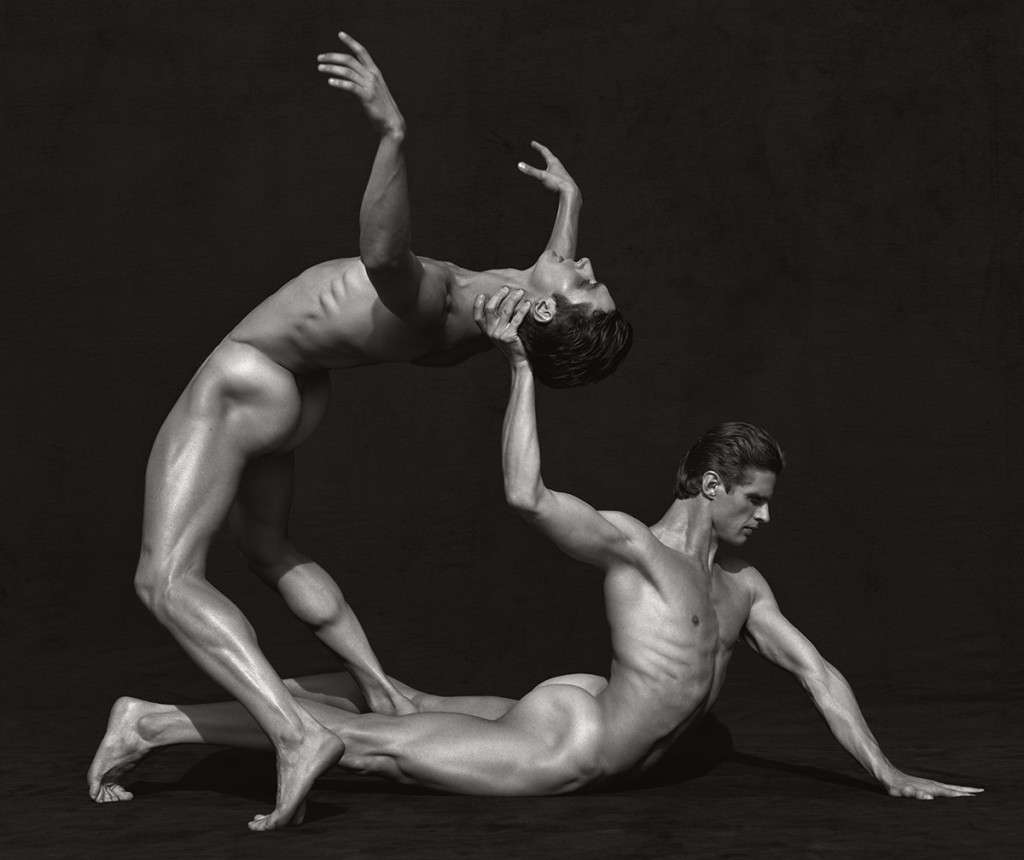Edward Steichen was a prolific photographer and painter born in Luxembourg. Steichen moved to the United States in the late 1800’s and was originally trained as a lithographer and painter, but was introduced to photography and purchased his first camera in 1985. As photography as beginning to become an accepted art form, Steichen was able to capture widely regarded images the shaped the form of artistic expression through photo for many years to come.
On his way to a trip to Paris in 1900, Steichen stopped in New York City to the Camera Club to visit Alfred Steiglitz, who was one of the most respected tastemakers in making modern photography an accepted form of art. Steiglitz was instantly fond of Steichen’s work and actually bought 3 photographs in the first meeting. Steiglitz was the editor of Camera Notes and his fondest of Steichen would later turn into an incredible partnership.
Upon arriving to Paris, Steichen completely ditched painting and began to seriously focus on his photography as his main art form. Upon his return in 1902 he opened a gallery in New York and formally launched his career as a tastemaker and professional photographer. He worked with again with Steglitz on a new and more lavish photography journal called Camera Works. In all 15 issues Steichen was the most featured photographer. Steichen and Steiglitz formed an amazing partnership that would eventually turn into a gallery that would exhibit their most favorite works of photography avant-grade art, know to many as “291”. Steichen stapled his place in the art world and quickly became one of the most regarded and widely known photographers in the world.
In 1923, Steichen was offered one of the most prestigious positions in photography, chief photographer of Conde Nast publications Vogue and Vanity Fair. Steichen took full advantage of the position and began what would be later recognized as modern fashion photography for prolific brands such as Chanel and Lanvin. Steichen created detailed and crisp photographs of gowns and women’s wear that changed the course of how fashion was displayed and influenced scores of modern photographers to come.
I studied a slideshow of portraits that Steichen shot during his time at Vanity Fair from 1923-1937. I was obviously infatuated with some of the celebrities that he shot during the time, such as, Walt Disney, Ameila Earhart, Gary Cooper, Fred Astaire, Charlie Chapin. Steichen was lucky enough to work during a time and for a publication that enabled him to catch truly breath taking photographs. Two of my favorite photos were of Winston Churchill shot in April 1932 and a photo of Gloria Swanson from 1928. The photo of Swanson is astonishing to me. I love the vision of the lace and the full frame headshot behind it. Swanson had the most amazing, huge beautiful eyes. Swanson would have looked amazing without manipulation, but to me the vision of the photographer shines bright in the portrait It looks like the lace is placed over the photo, but to me it makes such a beautiful effect with a contrast of detail that makes the photo so interesting. The portrait of Churchill strikes me because of the intense look on his face and backdrop chosen. I love the way this photo looks, it makes me want to shoot an executive portrait in the same way. Steichen captured the tense and serious nature of Churchill 8 years before he became prime minister of the UK. I believe that it is the depth and the dark nature of the photo that grants it such a large impact for the person viewing. I never knew much about Winston Churchill, but I did know that he was a very serious man and I feel that this photo catches that exact essence.
Looking through a series of photos it is obvious the impact on photography Steichen was able to capture. I looked through 14 years of some of his best photos and it was such a difficult job to choose between a few favorites. He had an obvious style for each, but it was not really consistent. Steichen captured the essence of personality of his subjects and I feel is one of the most important parts of his photographs. It is about essence and he captured it beautifully, each time with the viewer able to make an artistic revelation in viewing the month’s issue.
Steichen created works of great imagination as well as great risk. The way he shot fashion was never shot before. He brought life and movement into fashion photography that was not previously done before. He showed the life of a piece of clothing to spectators that only understood it head on. He brought more natural tone and playful attitude to the covers of Vanity Fair and probably shaped the dreams of many young designers aspiring for their creations to grace the covers so eloquently one day. Steichen was certainly ahead of his time in the way that he shot and it is clear to see how he became such a prolific and celebrated artist as the field of photography was just evolving. In fact it is easy to say that the work that Steichen contributed played a huge role in evolving modern photography as an art form.


 The Circus, Budapest, 1920
The Circus, Budapest, 1920 The Lost Cloud, New York, 1937
The Lost Cloud, New York, 1937



